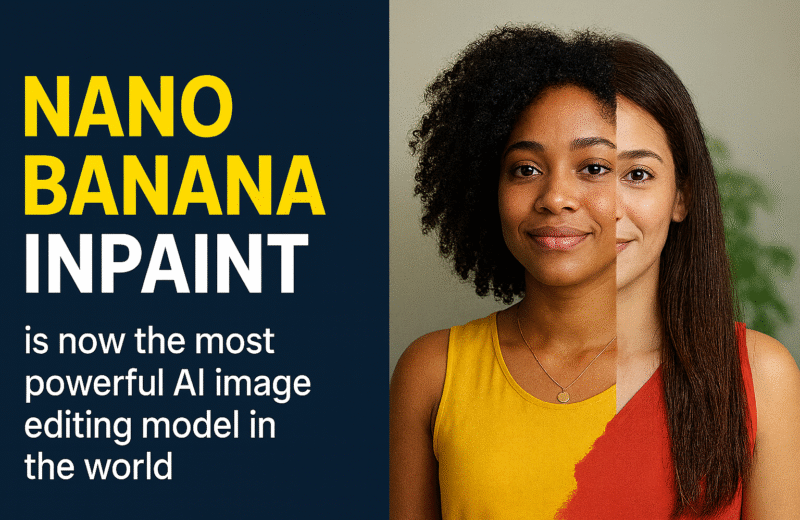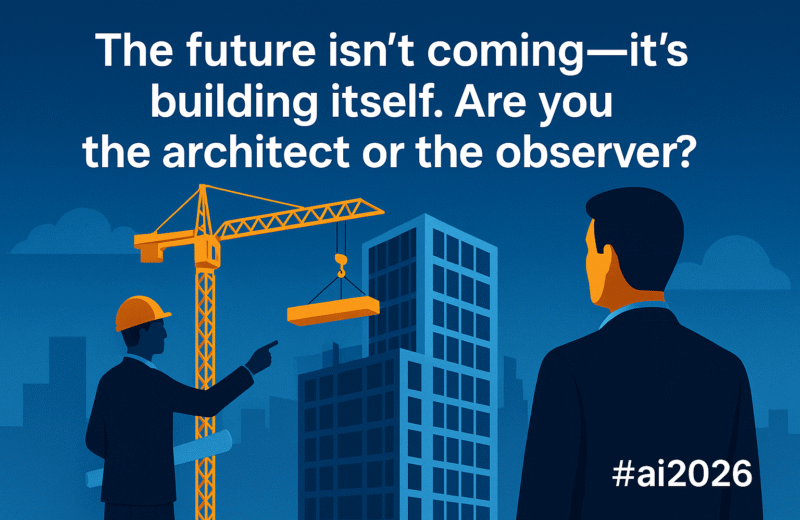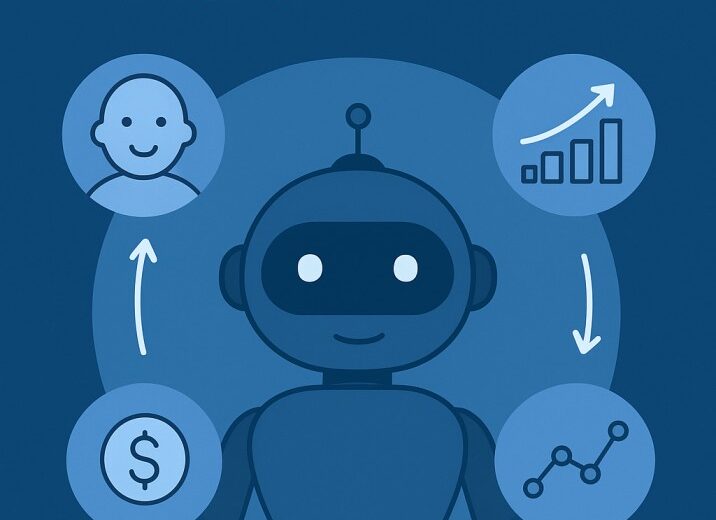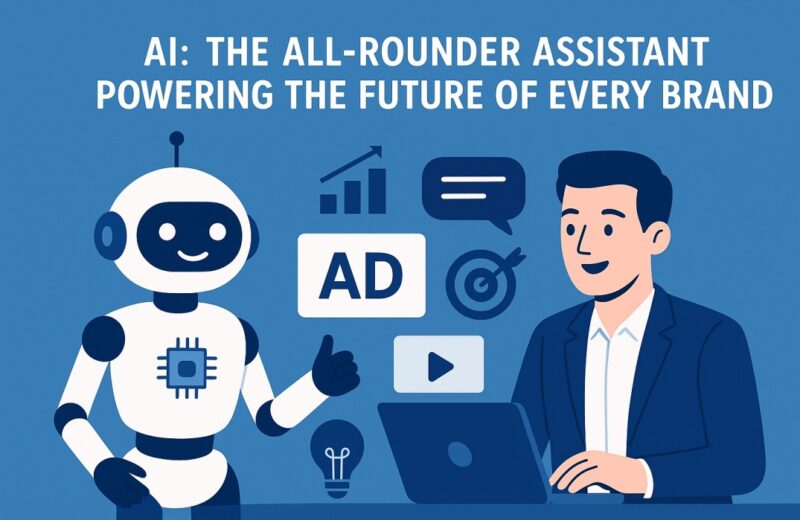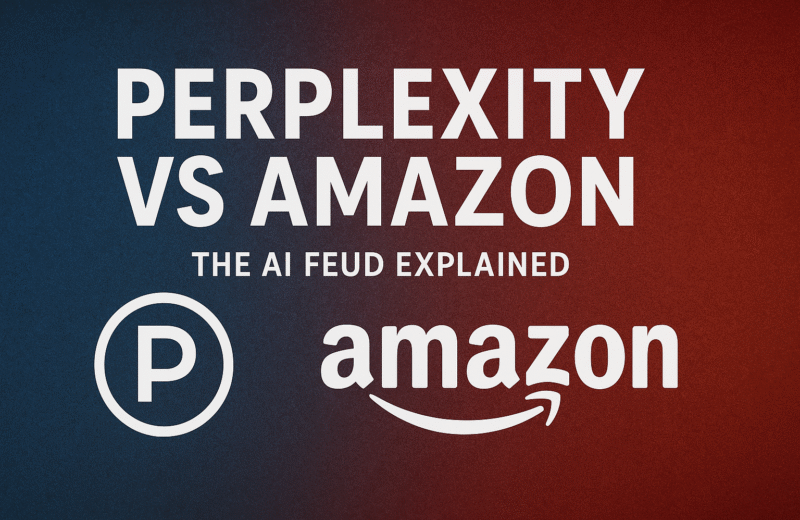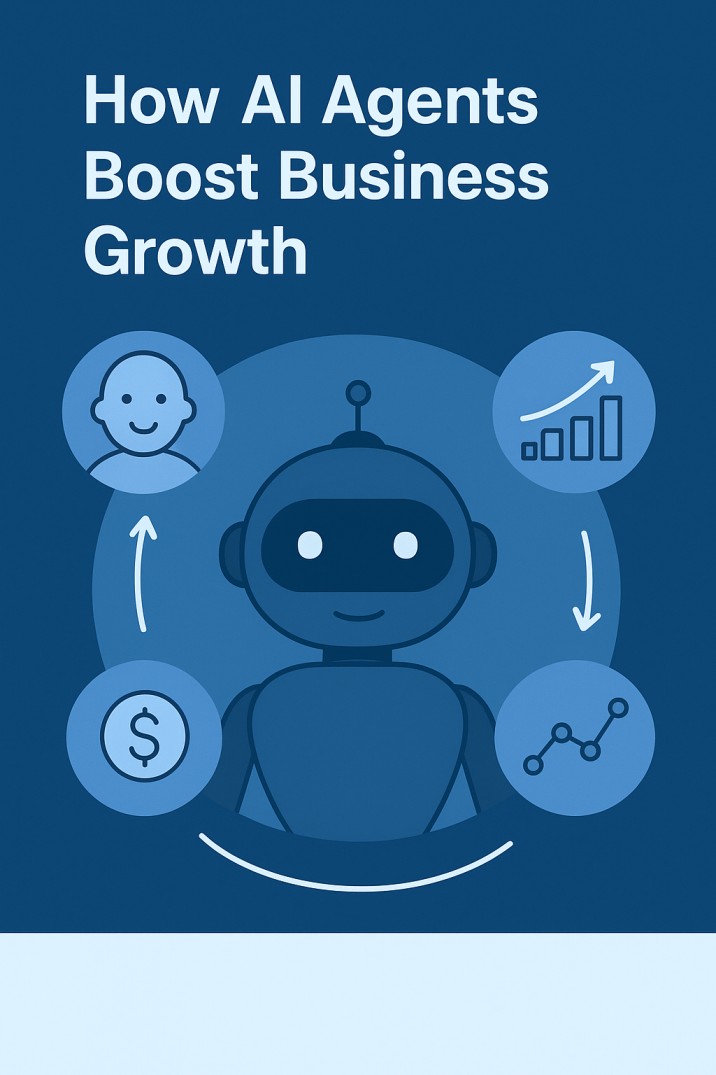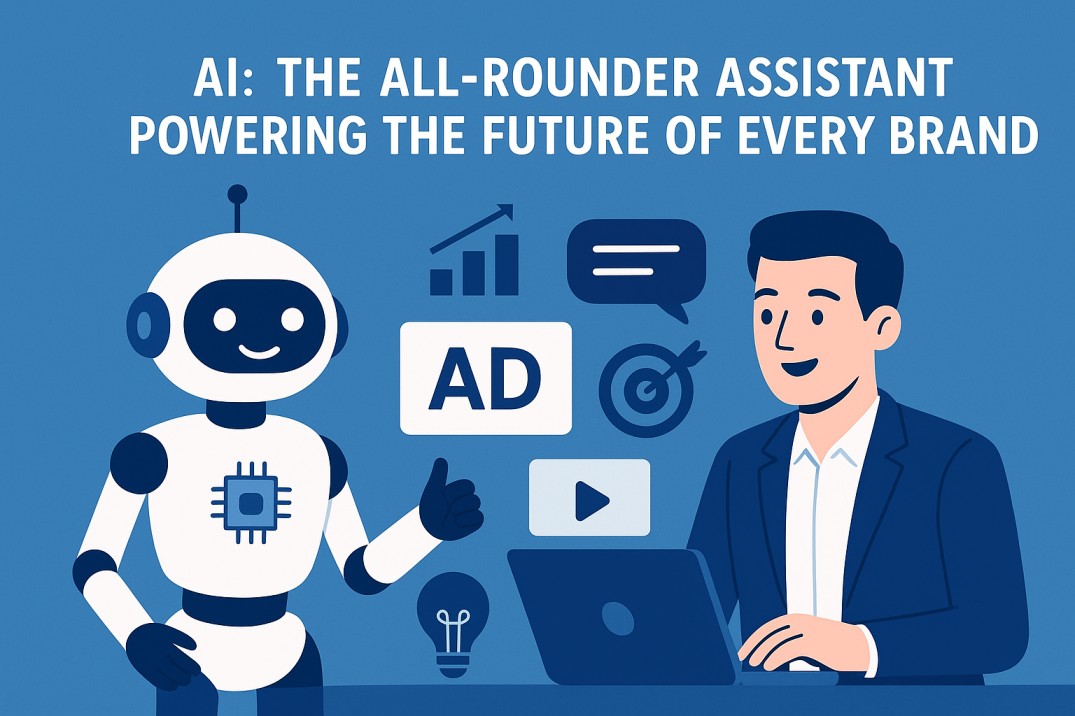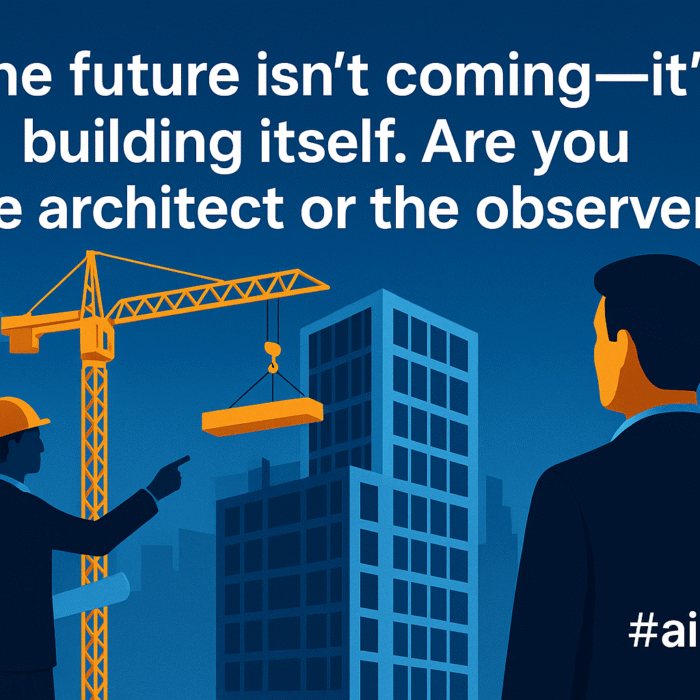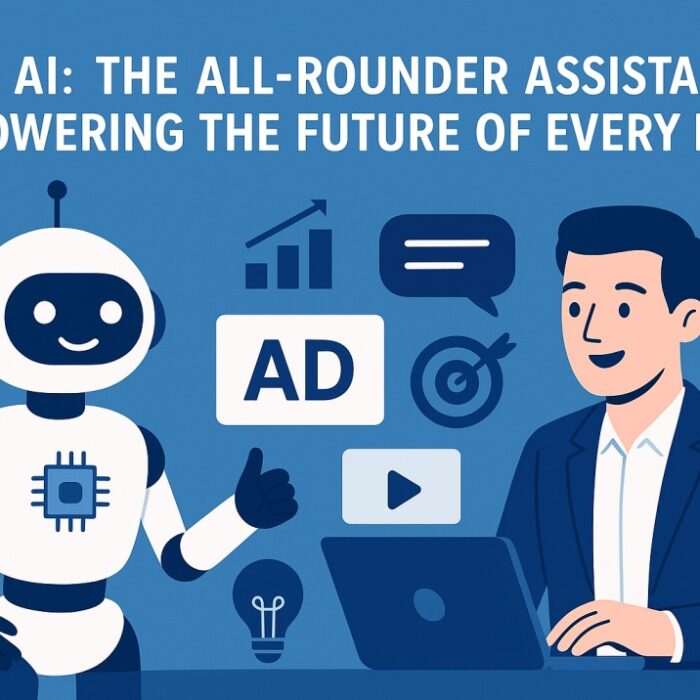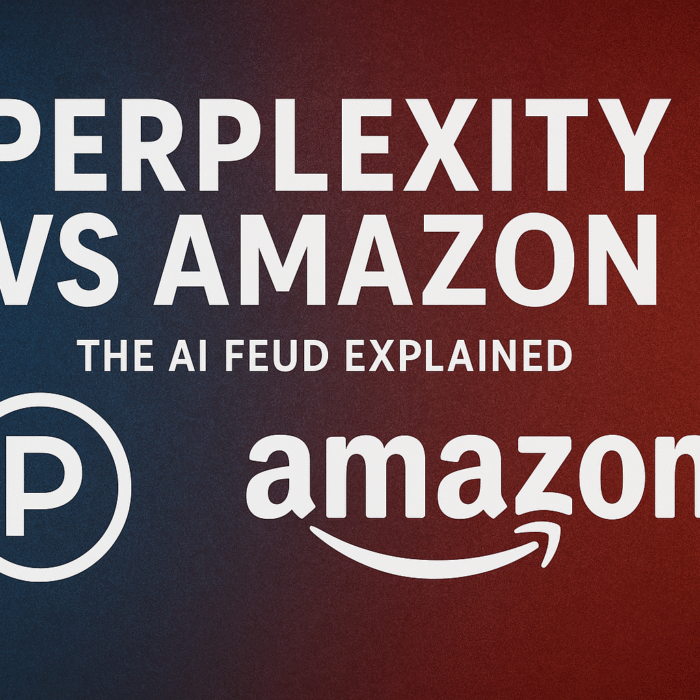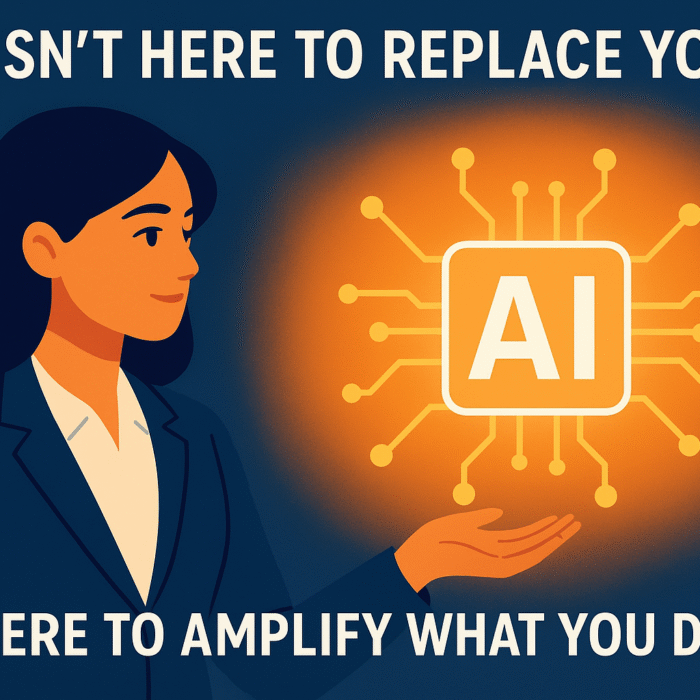The New Face of Holiday Marketing
The holiday season has always been the most lucrative period of the year, a time when brands compete for attention, loyalty, and conversions. In 2025, however, the dynamics have shifted yet again. The era of agentic AI, autonomous, decision-making AI agents that can analyze, predict, and act, is transforming holiday marketing from a campaign-driven rush into a data-led, continuously optimized ecosystem.
As consumer expectations for personalization rise and competition tightens, the brands that harness AI agents will be the ones standing out. Whether it’s predictive ad placement, intelligent content optimization, or real-time offer delivery, AI-driven automation is making marketing more precise, scalable, and profitable than ever.
This blog unpacks the essentials you need to understand about holiday marketing in 2025, and how agentic AI is becoming the secret ingredient behind smarter seasonal campaigns.
1. Why Holiday Marketing Still Rules the Calendar
Holiday marketing remains the make-or-break season for most brands, accounting for a major share of annual revenue. According to industry insights, over 30–40% of yearly sales occur between October and December. But it’s not just about timing anymore, it’s about timing with intelligence.
Shoppers are starting earlier, expecting deals faster, and making decisions across multiple touchpoints. A single customer may explore a product on Instagram, read reviews on Google, and finalize their purchase via a targeted email or affiliate offer.
Without a cohesive strategy powered by AI integration, brands risk losing both momentum and market share.
Key takeaway: The holiday season hasn’t changed in value, but the methods for capturing that value have evolved. This is where agentic AI enters the scene.
2. Enter Agentic AI: The Shift from Automation to Autonomy
Traditional marketing automation tools operate on human-defined triggers — like sending a cart abandonment email or scheduling a retargeting ad. Agentic AI goes several steps further.
These AI agents are autonomous marketing assistants that learn from patterns, make proactive decisions, and execute tasks independently. Imagine them as self-driving marketers that don’t just follow commands, they optimize continuously based on outcomes.
Here’s how agentic AI is rewriting the holiday marketing playbook:
- Dynamic Budget Allocation: AI agents monitor campaign performance in real-time and automatically redistribute ad spend across channels that perform best.
- Predictive Targeting: Instead of segmenting audiences manually, AI agents predict which customers are most likely to convert and tailor messaging accordingly.
- Adaptive Creative Optimization: Agents test and adjust creatives, headlines, or offers based on audience reactions.
- Conversational Engagement: Chatbots and virtual assistants powered by agentic AI offer real-time recommendations, upsells, and cross-sells without human oversight.
In short, AI agents make marketing continuous, contextual, and conversion-driven.
3. Holiday Marketing Essentials in the Age of AI Agents

To leverage agentic AI effectively this holiday season, brands must focus on a few core areas that align automation with customer empathy. Let’s break them down.
A. Real-Time Personalization
Personalization has evolved beyond “Hey [Name].” With AI agents, you can now deliver hyper-personalized experiences based on behavior, emotion, and intent.
For example:
- If a user views winter jackets twice but doesn’t add to cart, the AI agent could trigger a limited-time discount ad on social media.
- If another user buys ski gear, it might recommend winter accessories automatically.
AI agents collect signals across touchpoints, email, web, ads, and social, and adjust messaging in real-time. This creates a sense of seamless engagement that traditional campaigns can’t match.
Holiday takeaway: Customers want to feel seen, not sold to. AI agents make that possible by making personalization feel natural and timely.
B. Predictive Analytics for Smarter Inventory & Offers
One of the biggest challenges in holiday marketing is forecasting demand and preventing overstock or stockouts. Predictive analytics powered by AI agents can analyze past years’ data, ongoing trends, and even weather patterns to predict buying surges.
For example:
- An AI agent might forecast a spike in smart home devices in the second week of December.
- Based on that insight, it could automatically recommend increasing ad spend on Amazon and reducing discounts on underperforming SKUs.
This not only improves ROI but also ensures marketing spend is aligned with consumer intent, not assumptions.
C. Omnichannel Consistency
Consumers don’t think in terms of channels; they think in terms of experiences. Whether they encounter your brand on TikTok, email, or a display ad, the message must feel unified.
Agentic AI ensures consistent cross-channel storytelling by tracking every interaction and syncing messaging automatically. This means:
- Unified promotions across paid, owned, and earned media.
- Real-time adjustments when campaign goals shift.
- Coordinated affiliate, influencer, and performance campaigns, all driven by the same AI logic.
During the holidays, when attention spans are at their shortest, this consistency becomes your strongest trust signal.
D. Conversational AI for Instant Engagement
Modern shoppers expect instant responses. Agentic AI-powered chatbots and voice assistants handle everything from gift recommendations to checkout assistance, 24/7.
Imagine a user browsing your store at midnight during a flash sale. Instead of waiting for customer support, they ask your chatbot, “What’s your best deal on wireless earbuds?” Within seconds, the AI agent suggests top-rated products, applies a discount code, and helps complete the purchase.
That’s holiday marketing efficiency at its peak, blending convenience, speed, and personalization.
E. Performance Attribution and Real-Time Optimization
In the chaos of holiday campaigns, identifying what actually drives conversions can be complex. Agentic AI solves this through real-time performance attribution, tracking which ads, influencers, or affiliates generate the highest-quality leads.
Once an AI agent identifies high-performing touchpoints, it reallocates budget automatically, ensuring no dollar goes wasted. This is particularly valuable for brands managing multi-channel affiliate programs or influencer collaborations.
Essentially, your AI becomes your always-on performance strategist, testing, learning, and scaling faster than any manual team could.
4. Building Your Holiday AI Stack: What You’ll Need
To make the most of AI-driven holiday marketing, your tech stack should integrate automation with intelligence. Here’s what a solid foundation looks like:
- Data Integration Layer: Centralize customer data from CRM, analytics, and ad platforms for a unified view.
- AI Agent Platform: Use platforms that can act autonomously based on data inputs.
- Performance Marketing Software: Automate partner and affiliate campaign management to track ROI across all channels.
- Creative Intelligence Tools: Use AI-driven tools for automated creative testing and dynamic ad generation.
- Attribution & Analytics Engine: Connect data to decisioning, ensuring every action the AI takes ties back to measurable results.
Your goal isn’t to replace marketers with AI but to elevate their capabilities, turning human creativity into data-backed strategy.
5. Ethics and Authenticity in AI-Powered Holiday Marketing
As AI agents become more autonomous, maintaining authenticity and transparency becomes vital. Consumers can easily detect when personalization feels invasive or manipulative.
Here’s how to keep your campaigns ethical:
- Be transparent about AI usage in communications.
- Ensure AI decisions align with brand tone and values.
- Use AI to enhance experiences, not exploit data.
Remember: The human touch is what makes holiday marketing magical. AI should amplify that, not erase it.
6. Looking Ahead: The Future of AI-Driven Holiday Marketing
By 2026 and beyond, expect agentic AI to evolve into full marketing ecosystems, autonomous systems managing campaigns end-to-end.
Here’s what’s next:
- Voice-first holiday shopping: Integrated AI assistants recommending products directly through voice commands.
- Emotionally intelligent campaigns: AI that interprets sentiment from social data and adjusts tone accordingly.
- Real-time influencer collaborations: AI agents coordinating influencer posts dynamically based on engagement rates.
In other words, agentic AI isn’t just the next step, it’s the new standard. And the brands that adopt it early will define the benchmarks for personalization, speed, and ROI in holiday marketing.
Conclusion: The Holiday Advantage Lies in AI Intelligence
The 2025 holiday season isn’t just about discounts and display ads, it’s about delivering intelligent, intent-based experiences at scale.
With agentic AI, brands can move from reactive campaigns to proactive engagement, predicting trends, personalizing offers, and optimizing performance in real-time.
So, before the next shopping rush hits, ask yourself:
Are your campaigns automated, or are they truly intelligent?
Because in the age of AI, that difference defines who wins the season.






